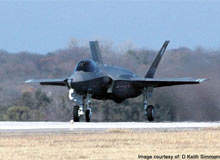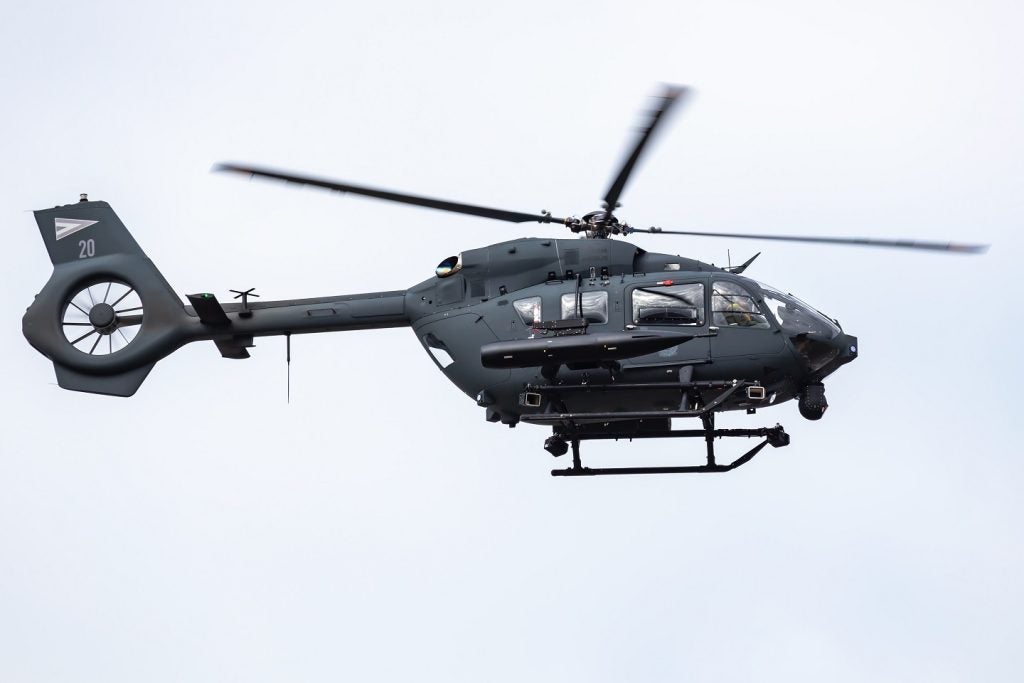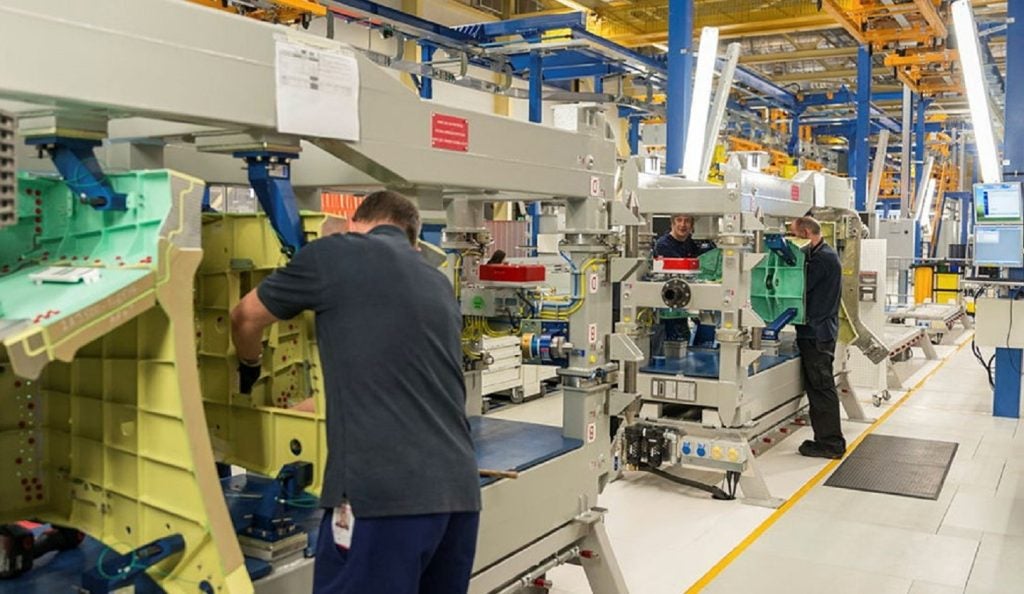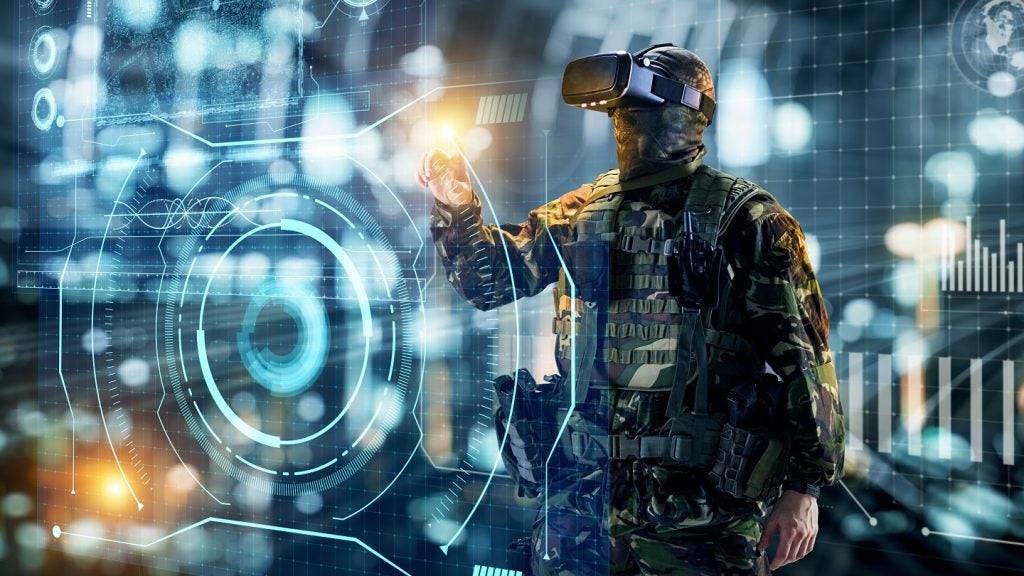
Formed in the closing months of the First World War, the UK’s Royal Air Force (RAF) has witnessed a number of dramatic changes in terms of military and political thinking, the global balance of power and the roles it has been called upon to perform, over its 90-year history.
Never-the-less, few would have predicted on that day back in April 1918, when the Royal Flying Corps amalgamated with the Royal Naval Air Service, quite how different those demands would become, or just how the fledgling RAF would ultimately develop.
In 1959 – amid the rising tensions of the Cold War – the then Chief of Air Staff, Sir John Slessor, famously said “the aim to which the existence of the Royal Air Force is dedicated is the prevention of war.” With the subsequent dismantling of the Warsaw Pact – and the rise of a new and less clearly defined kind of geo-political unrest – the era of nuclear bombers and interceptor squadrons came to an end and the strategic shape the RAF now needed to adopt began to change.
A series of defence cuts announced in July 2004 paved the way for a significant downsizing of the RAF, including the reduction of Tornado squadrons, the early retirement of the Jaguar and a 16% cut in the number of personnel – down to 41,000.
TECHNOLOGIES, ASSUMPTIONS AND FUTURE CONFLICTS
Periodic reviews of defence requirements form a normal, and necessary, part of ensuring that national security remains properly provided for, but the recent round has been more wide-ranging in its scope than most. There is undoubtedly a call for some degree of ‘rebalancing’ to enable British forces to be adequately equipped and trained for their anticipated future role and much of the technology to do this is both young and relatively expensive.
How well do you really know your competitors?
Access the most comprehensive Company Profiles on the market, powered by GlobalData. Save hours of research. Gain competitive edge.

Thank you!
Your download email will arrive shortly
Not ready to buy yet? Download a free sample
We are confident about the unique quality of our Company Profiles. However, we want you to make the most beneficial decision for your business, so we offer a free sample that you can download by submitting the below form
By GlobalDataThe sharpening of collective pencils within the MoD to balance the budget has inevitably led to a search for cost savings elsewhere and for the RAF, this means the loss of 130 aircraft – including four frontline squadrons – base closures and reductions in the helicopter force.
However, it is clear that while the RAF is going to be smaller, it is certainly not intended to be any less potent.
One of the important cornerstones in this apparent paradox is the assumption that British forces will be engaged in future conflicts as part of a coalition – along the lines of the post-Falklands model, exemplified by the UK’s involvement in the Balkans, Iraq and Afghanistan.
In such a group of allies, technology will play an increasingly vital future role in integrating the different elements contributed by the various forces involved. The United States has already made considerable progress towards developing a network-centric warfare capability to allow real-time battlefield information, such as target data, to be shared instantly between all coalition forces.
With the US as Britain’s principal ally, and the RAF viewed by the USAF as its partner of choice, it is small wonder that RAF strategy priorities for the next five to ten years include harmonising ‘air power capability, concepts and doctrine with those of the US Forces’.
There is, of course, also an implicit assumption in the overall thinking that these future campaigns will be waged at some distance from British soil – and most probably in the homelands of terrorists and regimes which host or support them. This leads to a particular emphasis on ‘force projection’ capabilities to enable the RAF to maintain its enviable performance in terms of effect, reach and persistence – with in-flight refuelling and heavy-lift transports every bit as important as the Typhoon and the new Joint Strike Fighter.
Consequently, future plans include, for instance, replacing around half of the tactical and strategic airlift fleet, which is currently composed of C-130 Hercules and C-17 aircraft, with the A400M in 2011. Extremely flexible, the A400M will be capable of carrying 32t loads up to 2,300nm at speeds comparable with pure-jet military transports – and the range can be extended with the addition of a refuelling probe.
Once this programme is completed, the final complement will be 25 C-130Js, 25 A400Ms and between six and eight C-17s, to provide the RAF with a robust and modern fleet, able to service the demand for a transport capability to meet the service’s global needs.
FLEXIBILITY AND TRAINING
Underpinning all these moves is an awareness of the fundamental importance of flexibility. RAF involvement in the campaigns of the last 25 years has highlighted just how agile and adaptable air power needs to be in order to cope with changing conditions; given the global proliferation of sources of instability, it seems unlikely that it will be very different in the future.
While the current focus sits firmly on terrorism, religious or ideological extremism and the development of WMD by ‘rogue states’ as major catalysts for unrest, it would be unwise to ignore the more traditional and persistent sources of conflict. Even in the post 9-11 world, political instability, economic pressures and competition for essential resources remain possible causes of tension and potential flashpoints.
If the basic supposition that UK involvement in future conflicts will be distant, it is likewise inevitable that the RAF will be the first to the fray. This obviously makes a strong case for retaining the capability to respond to the full range of operational possibilities – and to achieve this, it will be important to maintain a balanced force.
Against this increasingly unpredictable world military backdrop, the RAF needs to have the capacity to respond swiftly and effectively to new threats and challenges as they arise, project air power to allow force, or the threat of force, to be met and countered.
Achieving this demands an ongoing level of readiness, necessitating both levels of training adequate to the rigours of modern operations and an up-to-the-minute grasp of relevant technology.
While fast-jet pilots have, for example, seen their actual flying hours cut, the balance has begun to shift towards a greater emphasis on synthetic ground-based training.
In many respects it is inevitable; as the concept of the networked battle-field gathers momentum, it becomes increasingly difficult to replicate real missions with live training.
If it is effectively impossible to incorporate all of the elements of a modern battlefield scenario into the training environment, then – apart from occasional large-scale, set-piece exercises – simulation is the only remaining logical avenue. Linking RAF synthetic mission installations to similar facilities in the US and, ultimately, elsewhere, tests not only the mettle of the pilots involved, but also offers an objective method of appraisal of the fundamental core concept of network-centric warfare itself.
PER ARDUA AD ASTRA
Perhaps one of the most surprising items on the long-term RAF strategic ‘wish list’ is the service’s implicit intent to do more in space. With TOPSAT having made clear just how much can be achieved for relatively low costs, there has been considerable interest in the potential of emerging sensor and small satellite technology to deliver intelligence, surveillance, target acquisition and reconnaissance (ISTAR) goals.
The hope is that this will eventually enable a national ISTAR space capability to be developed at an affordable cost. In the meantime, Skynet 5 has provided enhanced global communications, which is likely to prove pivotal as the RAF move ever closer to the anticipated fully integrated data-exchange and networked operational mode of future conflicts.
The modern and streamlined RAF is to be a highly agile, adaptable and proficient force, able to deliver a range of effects across the broad spectrum of circumstances and operational environments, providing a balanced air capability for national defence and global action.
To achieve this cost effectively, the RAF finds itself increasingly working in joint structures with the Royal Navy and the British Army to increase operational impact and make the most efficient use of resources. In practical terms, however, this makes little difference, since whether enabling and supporting joint undertakings with the other armed services, or acting independently, control of the air has always been the essential guarantee of freedom of operation. While the business of war – like the nature of air power itself – has undoubtedly changed since the muddy trenches of France, this truth remains the same and it is something that every RAF pilot understands well.
In the final analysis, although technology has a significant and well documented multiplier effect, it is the calibre and training of the personnel that ultimately defines the effectiveness of any force in the complex diversity of a modern battle space. With numbers lower than at any time since before the start of the Second World War, while today’s RAF has come a long way from Churchill’s famous ‘few’, their iconic legacy lives on.






